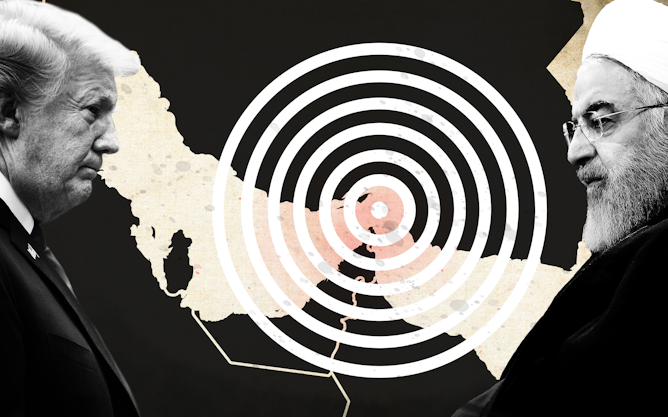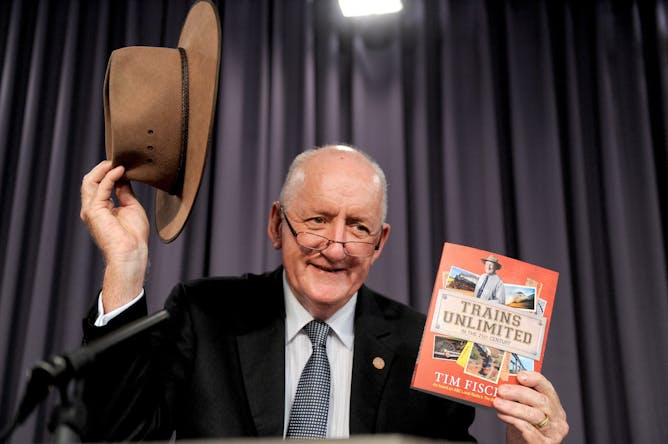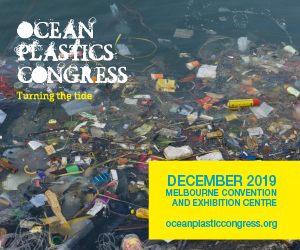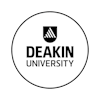|
|
|
Editor's note
|
|
The big news this week was the Morrison government committing a warship, surveillance aircraft and about 200 troops to a US-led convoy to protect ships passing through the Strait of Hormuz. If you responded to the news with “the strait of what?”, you’re not alone. That’s why our talented multimedia editor Wes Mountain created this interactive map to help us understand why this narrow body of water has suddenly become the stage for the growing tensions between the US and Iran.
Click through the interactive and if you enjoy it (or learn something new) be sure to share this article with your friends and family.
|
Molly Glassey
Digital Editor
|

|
|
Top story
|

Wes Mountain/The Conversation
Wes Mountain, The Conversation
Australia has committed to joining the US and the UK in a mission to protect oil ships in the Strait of Hormuz. But why is the Strait the source of so much tension between the US and Iran?
|

“He was much loved by the Australian community. He was a character - a political character - in an era when you tend to get white bread politicians,” says Michelle Grattan on Tim Fischer.
Alan Porritt/AAP
Michelle Grattan, University of Canberra
Michelle Grattan reflects on Tim Fischer's personal and political legacy, and discusses the kind of leader Scott Morrison is with the anniversary of his prime ministership approaching on Saturday.
|
Politics + Society
|
-
John Blaxland, Australian National University
US-Iran tension in the Strait of Hormuz is just one of many looming security challenges that need closer scrutiny.
-
Denis Muller, University of Melbourne
The broadcaster's latest outrage may finally make his employer act - but not because of any damage he is doing to the social fabric.
|
|
Environment + Energy
|
-
Jaco Le Roux, Macquarie University; Florencia Yanelli, Stellenbosch University; Heidi Hirsch, Stellenbosch University; José María Iriondo Alegría, Universidad Rey Juan Carlos; Marcel Rejmánek, University of California, Davis; Maria Loreto Castillo, Stellenbosch University
Human-driven land clearing and climate change are sending plants extinct at a rapid rate, risking a devastating biodiversity crash.
-
Scott Hamilton, University of Melbourne; Changlong Wang, University of Melbourne; Roger Dargaville, Monash University
State renewable energy targets have been driving energy investment in Australia. 'Where and when' the generation and transmission build occurs varies substantially under a national approach.
|
|
Business + Economy
|
-
Christopher Sheil, UNSW; Frank Stilwell, University of Sydney
Better data would tell us more about the ultrawealthy, but they really do seem to be growing more wealthy, more quickly, than the rest of us.
-
Tim Harcourt, UNSW
Former Austrade chief economist Tim Harcourt reflects on the quirky and kind Tim Fischer.
|
|
Health + Medicine
|
-
Melanie Woodfield, University of Auckland
Research shows if time out is used occasionally, briefly and the child understands the process, it can be a useful parenting tool for kids aged two to eight.
-
Clare Collins, University of Newcastle
Low-fat milk provides no extra benefit for your heart over full-fat milk, if you're healthy. But it's too soon to pour the low-fat options down the sink.
|
|
Arts + Culture
|
-
Samia Khatun, SOAS, University of London
For decades, a book wrongly identified as 'The Holy Koran' was kept at a mosque in Broken Hill. Who was the unnamed traveller who brought Bengali stories of the prophets to the Australian desert?
-
Brendan Keogh, Queensland University of Technology
The Australian Classification Board has "refused classification" for at least four videogames in recent months. Such bans show the introduction of an R18+ classification was not a win for players.
|
|
Education
|
-
Louise Remond, University of Technology Sydney
There's a difference between having low days and feeling bad all the time. The latter is a common feature of depression.
-
Luke Zaphir, The University of Queensland
Whether it's a school debate or just a conversation in every day life, here are three principles to keep in mind when having an argument.
|
|
Science + Technology
|
-
Rachel A. Ankeny, University of Adelaide
South Australia has lifted its moratorium on GM crops, while Tasmania has extended its ban. But the question should no longer be a simple binary of being "for" or "against" GM technology.
-
Lewis Mitchell, University of Adelaide; Joshua Ross, University of Adelaide
Mathematician Hannah Fry has called for tech and data scientists to make an ethical pledge, as medical doctors do. But the same result might be delivered by simply asking people to mind their bias.
|
|
Cities
|
-
Libby Porter, RMIT University; Amaara Raheem, RMIT University; Blanche Verlie, RMIT University; Bronwyn Lay, RMIT University; Marianne Jago, James Cook University; Mick Douglas, RMIT University
The Victorian government plans to destroy trees and sites sacred to Djab Warrung people to make way for the Western Highway at the same time as it seeks heritage listing for the Eastern Freeway.
-
Jen Couch, Australian Catholic University
Young refugees are at high risk of being homeless in Australia. A five-year study has found re-establishing connections with their communities was the pathway out of homeless for most of them.
|
|
| |
Featured jobs
|

|
The Conversation AU — Wellington, Wellington
|

|
University of Melbourne — Parkville, Victoria
|

|
Victoria University — Melbourne, Victoria
|

|
University of Western Australia — Tullamarine, Victoria
|
|
|
|
| |
| |
| |

|
| |
| |
| |
Featured events
|

|
245 Punt Road , Richmond, Victoria, 3121, Australia — Niagara Galleries
|

|
The University of Sydney, Camperdown, New South Wales, 2006, Australia — University of Sydney
|

|
Deakin Downtown, Level 12, Tower 2 Collins Square, 727 Collins Street, Docklands, Melbourne, Victoria, 3008, Australia — Deakin University
|

|
QUT Executive Education Centre, B Block, QUT Gardens Point, 2 George St , Brisbane, Queensland, 4001, Australia — Queensland University of Technology
|
|
|
|
| |
| |
| |
| |
| |
|
|
|
|
|
|
|